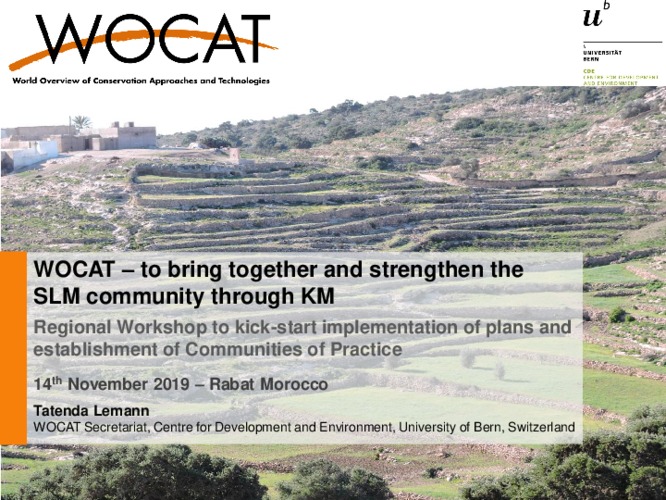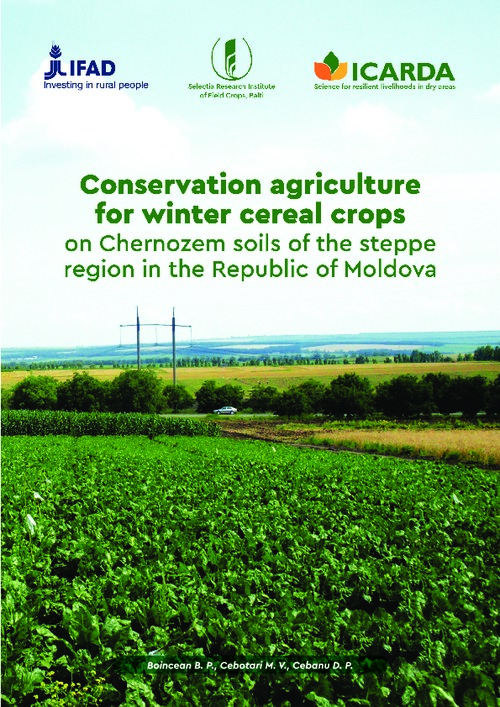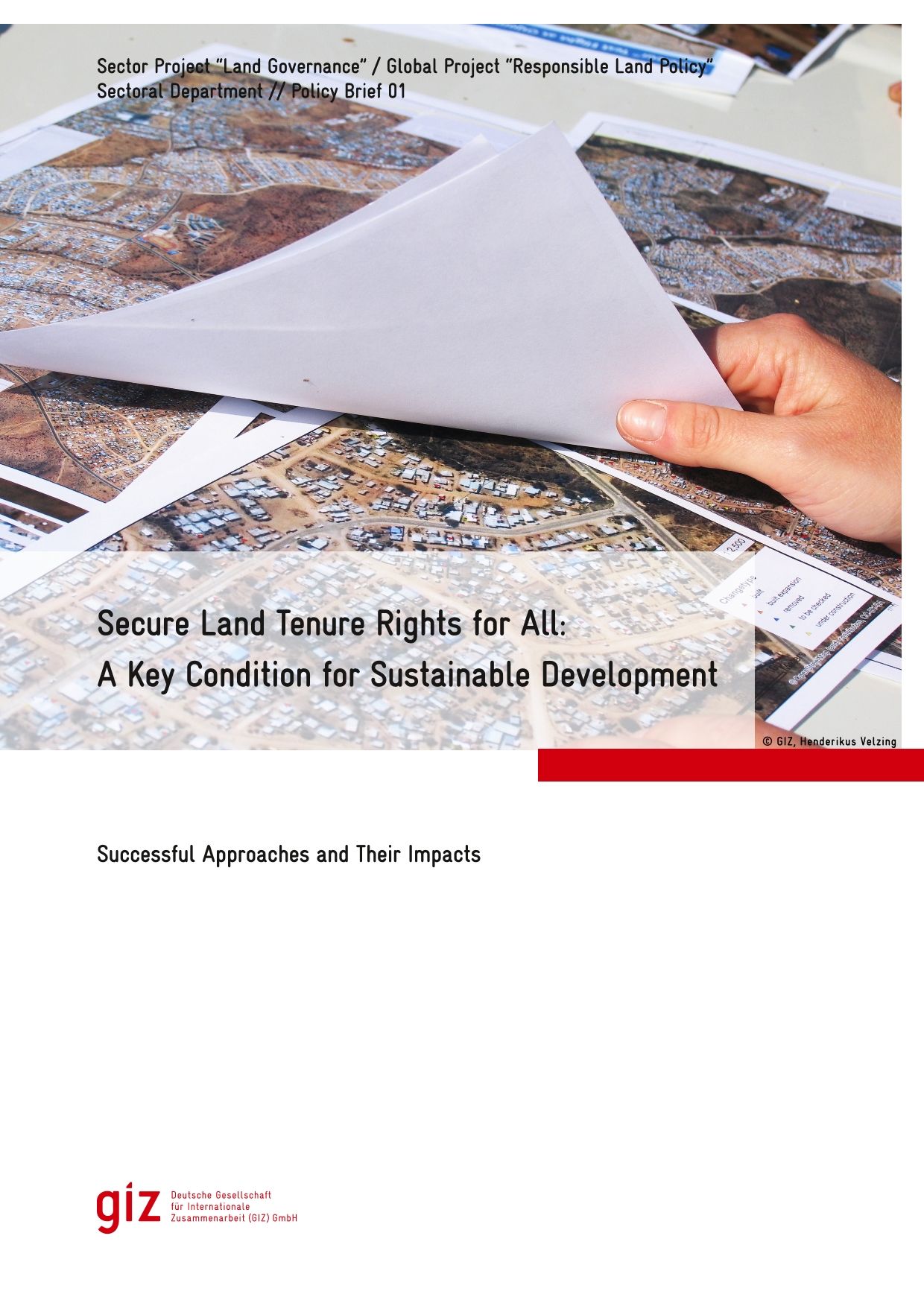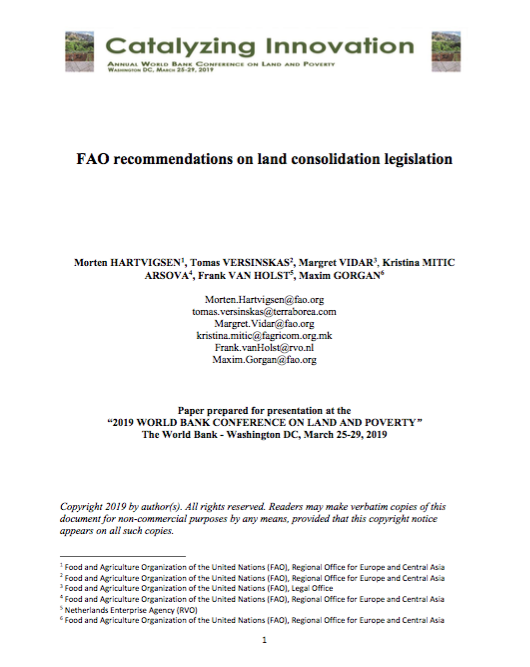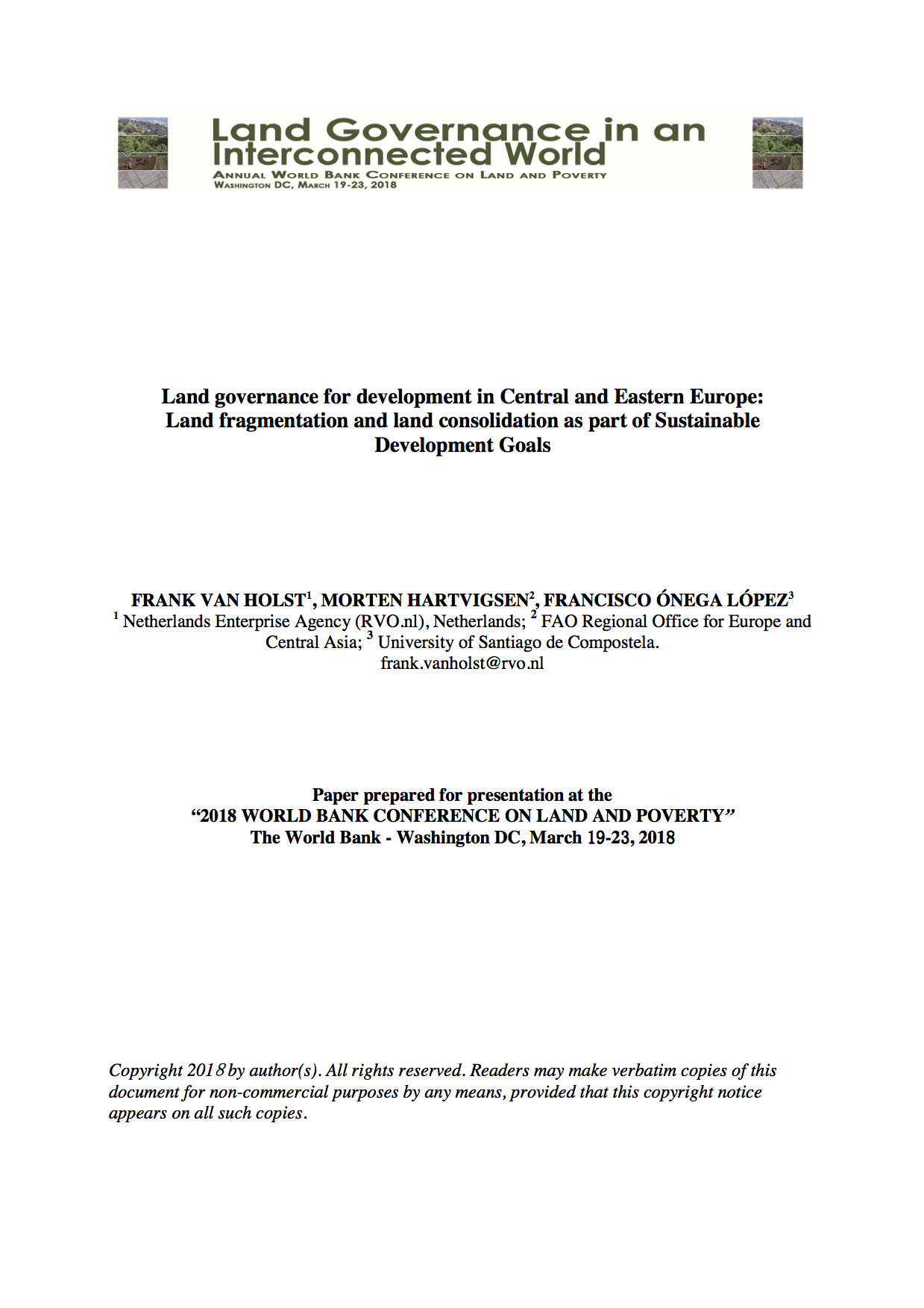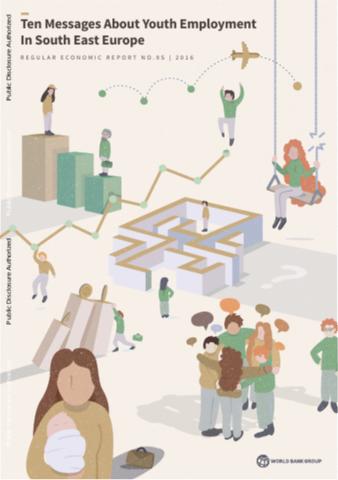In today’s agriculture, maize is considered to be one of the major feed, food and industrial crops. Cultivation of maize by inappropriate agricultural practices and on unsuitable sites is connected with specific risks of soil degradation, mainly due to water erosion of the soil. The aim of this…
Central and Eastern Europe has experienced fundamental land use changes since the collapse of socialism around 1990. We analyzeanalyzed the patterns and determinants of agricultural land abandonment and recultivation in Slovakia during the transition from a state-controlled economy to an open-…
The renewal of historic gardens, landscapes, and sites has grown to be a current issue in Central and Eastern Europe. Based on scientific research, the Department of Garden Art of the Szent István University, Faculty of Landscape Architecture and Urbanism has been dealing with landscape renewal…
The upward land grabbing trend in Eastern Europe has remained understudied, as well as its strong interlinkages with political narratives - more specifically with the ones proposed by Euroskepticism and populism. The current paper looks at how land grabbing has emerged as a topic that fits the…
SLM CoP Presentation given by Tatenda Lemann at the SKIM Regional Workshop in Rabat, Morocco November 14th, 2019.
Agriculture in the Republic of Moldova has been facing a number of challenges in recent decades, caused by both traditional agricultural practics and effects of climate change. Growing environmental issues, like soil degradation, water pollution, reduced biodiversity, require re-evaluating…
The aim of this policy paper is to present successful approaches to secure land tenure rights in rural and urban areas. To support future programmatic decisions by the Federal Ministry for Economic Cooperation and Development (BMZ), this paper focusses especially on impacts and good practices.…
Most countries in Western Europe have a long tradition for implementing land consolidation projects. In Central and Eastern Europe, land reforms from 1990 on in most countries resulted in farm structures characterized by excessive land fragmentation and small average farm sizes. Most CEE…
Most transition countries in Central and Eastern Europe (CEE) face enormous challenges in developing a viable land structure, requiring a set of measures which is unprecedented in its scale and intensity to speed up this process. Analysis of policy initiatives in CEE countries illustrates that…
The status of urban forests and other green open spaces has always been ambiguous within the context of rural-urban peripheries. On one hand, most European countries have introduced protected green zones around cities to contain their sprawl and to provide urban dwellers recreational space and…
Today, nearly half of youth in the six South East European countries (SEE6) are not in the labor market, and one quarter is inactive—not in employment, education, or training. These poor outcomes partly reflect a difficult recovery in SEE6 from the 2008 global financial crisis, which sent…
Today, nearly half of youth in the six South East European countries (SEE6) are not in the labor market, and one quarter is inactive—not in employment, education, or training. These poor outcomes partly reflect a difficult recovery in SEE6 from the 2008 global financial crisis, which sent…





